高弹性模量、低重量的SiO2基玻璃的化学设计是一个重要的研究课题。然而,由于弹性模量是原子间键和键序在不同尺度上的复函数,在合成前很难找到一个根据玻璃成分预测弹性模量的通用表达式。特别是,如何发现新的玻璃成分以获得高弹性模量和低密度,对当今强化和耐用的SiO2玻璃材料的发展具有重要意义。与晶体材料不同的是,SiO2基玻璃的弹性模量不仅由原子键合强度决定,而且还取决于许多其他物理性质在不同尺度的复合函数,如阳离子配位、原子环、链、层和多面体原子团簇的形成,甚至是在介观尺度上的结构组织。此外,氧化物添加剂还引入不同价态的阳离子,不仅改变了阳离子与氧的键合强度,而且还改变了网络聚合的程度。因此,SiO2玻璃的弹性模量是氧化物化学成分的复杂函数,很难开发理论模型来探索多种添加剂氧化物的混合效应,很难直接用于发现新的玻璃成分,很难定量地解释与玻璃化学有关的优化结果。
来自Michigan大学的Liang Qi (齐亮)教授等,将机器学习(ML)方法与高通量MD模拟相结合,建立了一个定量准确的模型,根据玻璃成分,预测SiO2基玻璃的密度和弹性模量。研究了Li2O、Na2O、K2O、CaO、SrO、Al2O3、Y2O3、La2O3、Ce2O3、Eu2O3、Er2O3、B2O3和ZrO2等13种添加剂的效果。训练集是使用MD模拟生成的,以均匀采样组成二元和三元系统的一部分的密度和弹性。从用于MD模拟的力场势和元素摩尔分数中精心构造了一组描述符,以囊括其物理和成分信息。通过大量的模拟和实验数据的验证,模型不仅在训练集的组成范围内,而且在训练集的高维组成空间内,都对SiO2基玻璃的密度和弹性模量具有很好的预测能力。所建立的ML模型可用于快速筛选玻璃组成特性,从而对一般多组分玻璃体系的密度和弹性特性进行有效的预测,特别是未探索的组成区域。
该文近期发表于npj Computational Materials 6: 25 (2020)
Predicting densities and elastic moduli of SiO2-based glasses by machine learning
Yong-Jie Hu, Ge Zhao, Mingfei Zhang, Bin Bin, Tyler Del Rose, Qian Zhao, Qun Zu, Yang Chen, Xuekun Sun, Maarten de Jong and Liang Qi
Chemical design of SiO2-based glasses with high elastic moduli and low weight is of great interest. However, it is difficult to find a universal expression to predict the elastic moduli according to the glass composition before synthesis since the elastic moduli are a complex function of interatomic bonds and their ordering at different length scales. Here we show that the densities and elastic moduli of SiO2-based glasses can be efficiently predicted by machine learning (ML) techniques across a complex compositional space with multiple (》10) types of additive oxides besides SiO2. Our machine learning approach relies on a training set generated by high-throughput molecular dynamic (MD) simulations, a set of elaborately constructed descriptors that bridges the empirical statistical modeling with the fundamental physics of interatomic bonding, and a statistical learning/predicting model developed by implementing least absolute shrinkage and selection operator with a gradient boost machine (GBM-LASSO)。 The predictions of the ML model are comprehensively compared and validated with a large amount of both simulation and experimental data. By just training with a data set only composed of binary and ternary glass samples, our model shows very promising capabilities to predict the density and elastic moduli for k-nary SiO2-based glasses beyond the training set. As an example of its potential applications, our GBM-LASSO model was used to perform a rapid and low-cost screening of many (~105) compositions of a multicomponent glass system to construct a compositional-property database that allows for a fruitful overview on the glass density and elastic properties.
责任编辑:pj
-
机器学习
+关注
关注
66文章
8455浏览量
133186 -
玻璃材料
+关注
关注
0文章
2浏览量
5785 -
SiO2
+关注
关注
0文章
22浏览量
8556
发布评论请先 登录
相关推荐
利用Phase Lab镍基摩尔体积数据库实现材料物性参数的精准预测
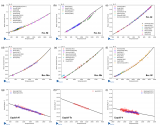
玻璃基芯片先进封装技术会替代Wafer先进封装技术吗
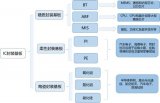
优化铜互连结构的热应力分析与介电材料选择
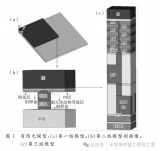
SiO2薄膜的刻蚀机理
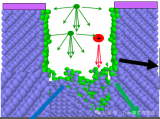
影响应变计灵敏系数的因素有哪些?
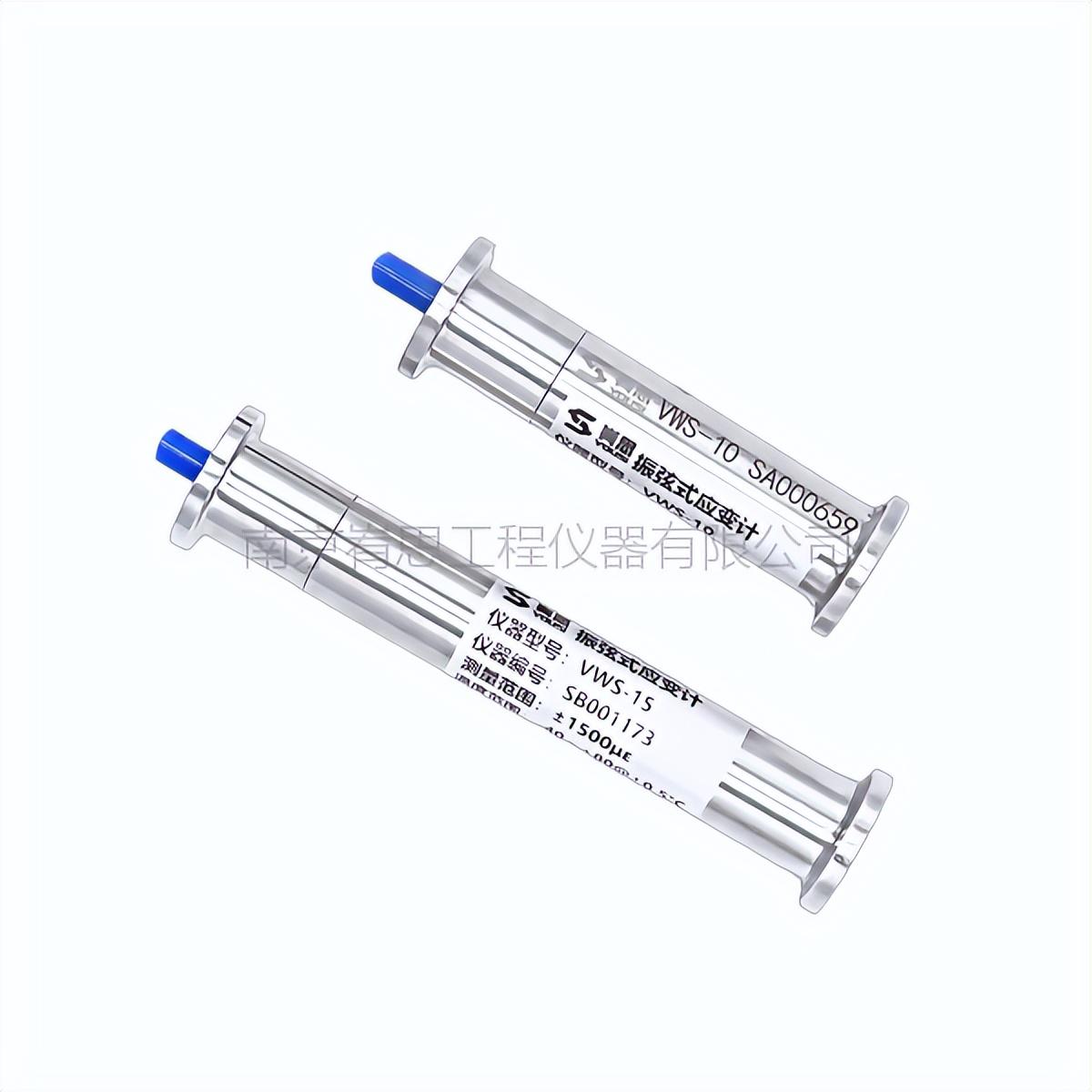




 预测SiO2基玻璃的密度和弹性模量
预测SiO2基玻璃的密度和弹性模量











评论